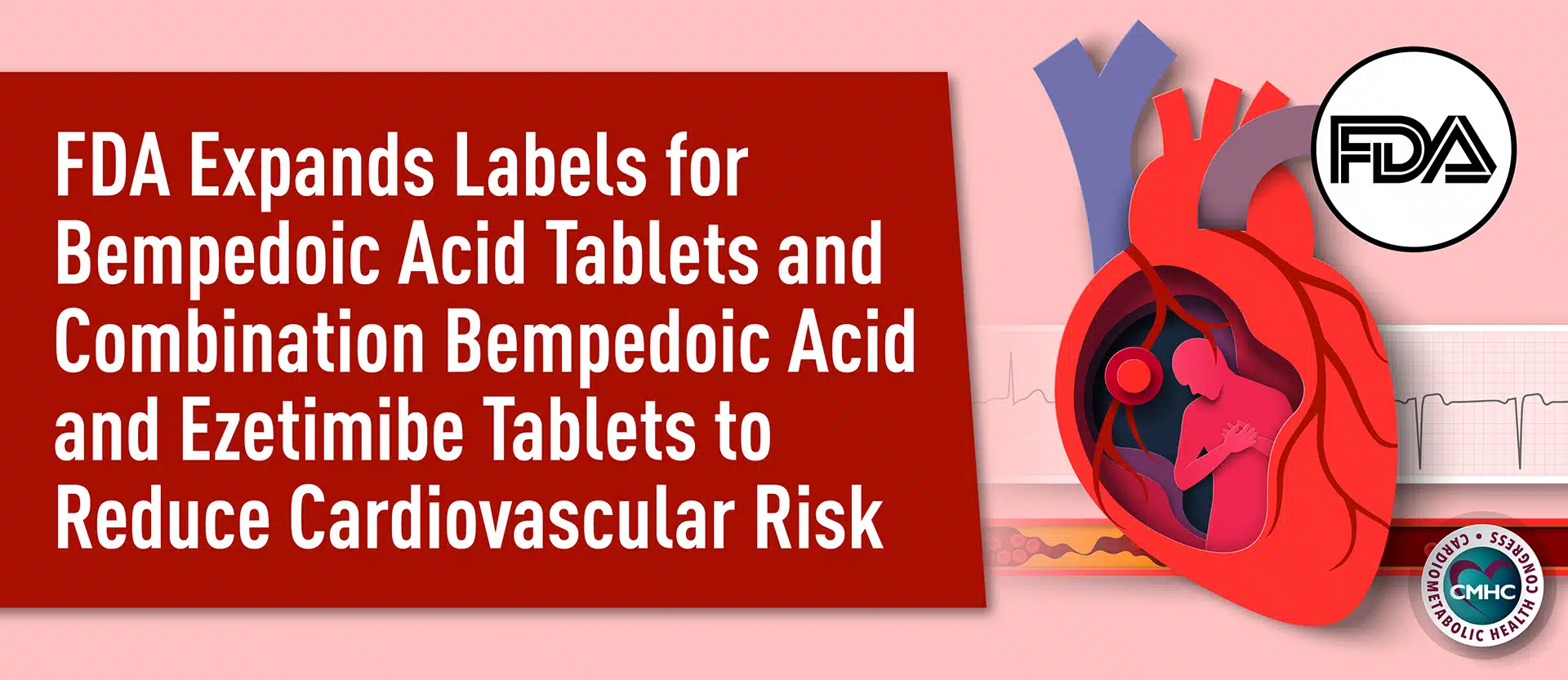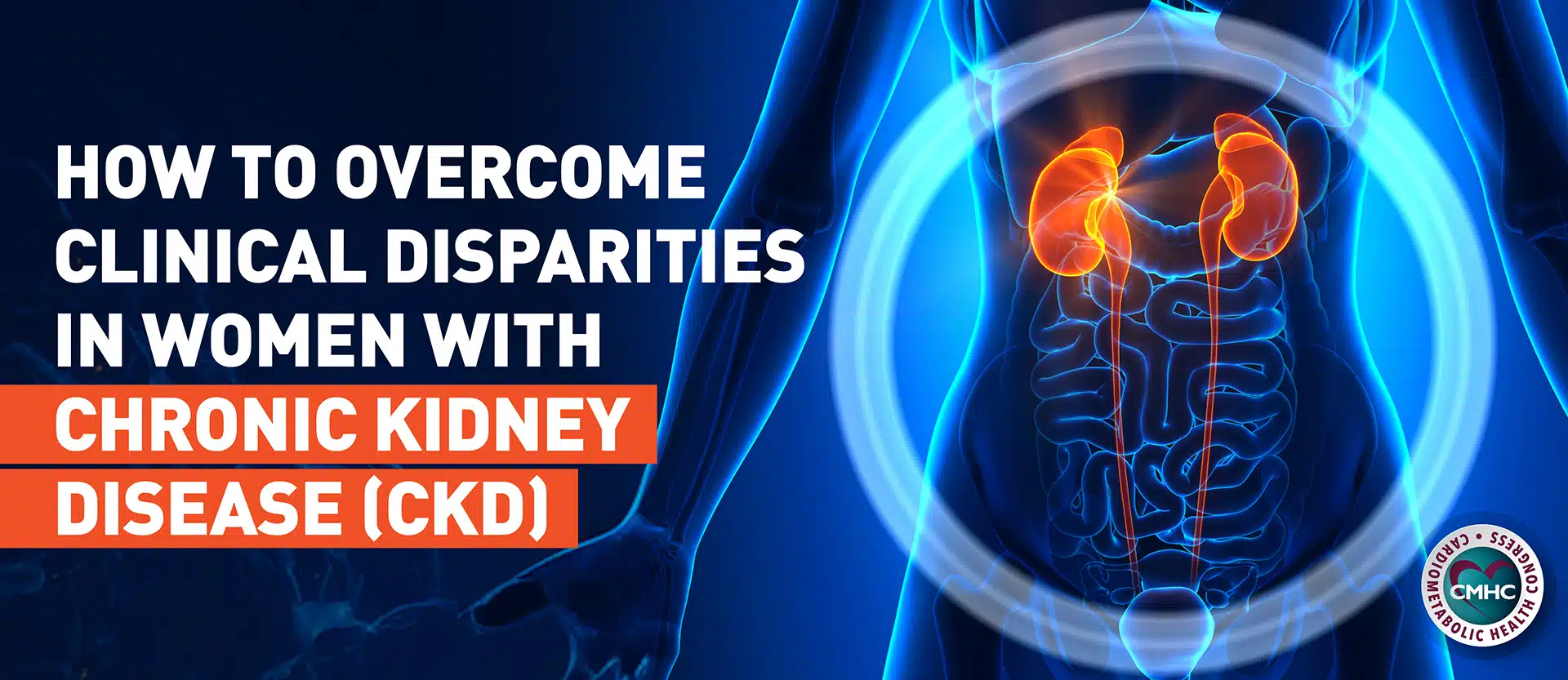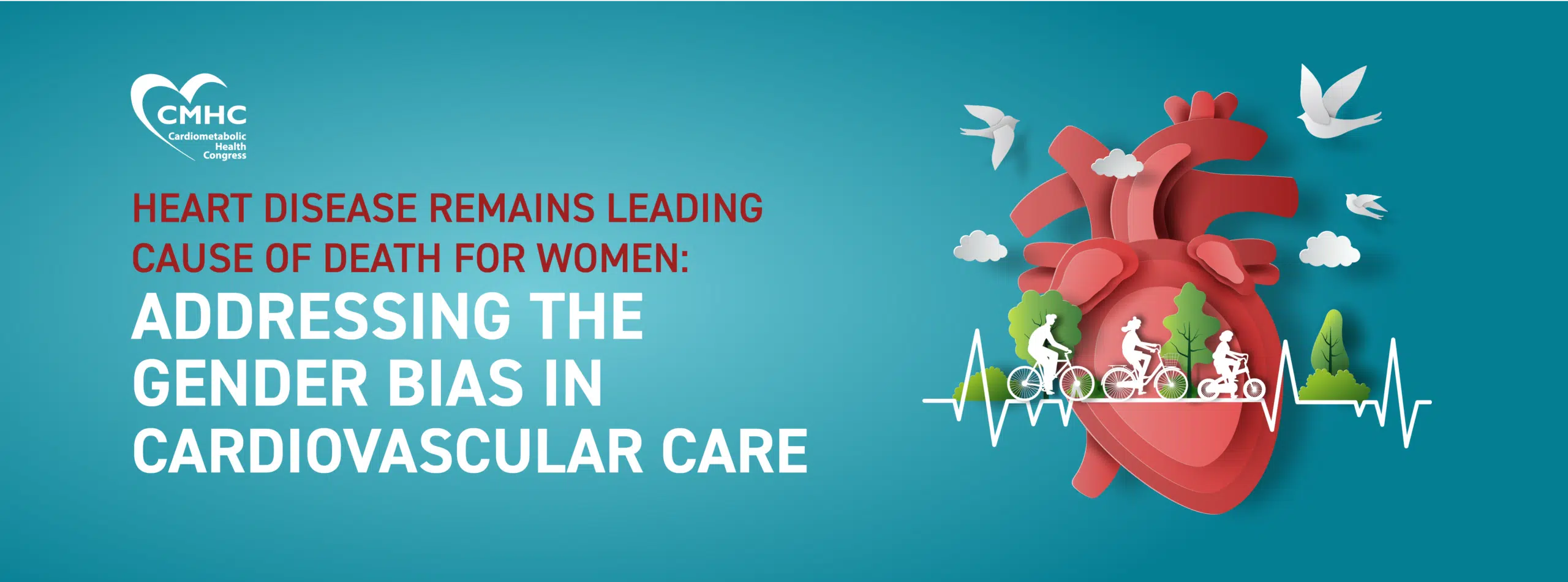More than a quarter million deaths from cardiovascular disease (CVD) each year in the United States can be attributed to historical lead exposure in people age 44 and older, according to new estimates published in The Lancet Public Health.
Bruce P. Lanphear, MD, in collaboration with Simon Fraser University in Canada, also linked environmental lead exposure to 412,000 total deaths each year in the U.S. The researchers noted that their estimate is 10 times higher than the previous one, likely because earlier calculations assumed levels below 5 μg/dL were not associated with any increased mortality risk.
“Our study calls into question the assumption that specific toxicants, like lead, have ‘safe levels,’ and suggests that low-level environmental lead exposure is a leading risk factor for premature death in the USA, particularly from cardiovascular disease,” Lanphear stated. “Currently, low levels of lead exposure are an important, but largely ignored risk factor for deaths from cardiovascular disease. Public health measures, such as abating older housing, phasing out lead-containing jet fuels, replacing lead-plumbing lines, and reducing emissions from smelters and lead battery facilities, will be vital to prevent lead exposure.”
The authors noted that while concentrations of lead in blood have decreased significantly over the last 50 years, levels continue to remain 10 to 100 times higher than they were in the preindustrial era.
Lanphear et al. studied a nationally representative sample of 14,289 adults who were 20 years or older when they were enrolled in the third National Health and Nutrition Examination Survey (NHANES-III) between 1988 and 1994. All participants completed home interviews, had been tested for lead in their urine, and were followed through 2011. After the median follow-up of 19.3 years, 4,422 people died—including 1,801 from CVD and 988 from heart disease.
An increase in lead concentration from the 10th to the 90th percentile was linked to a 37 percent greater chance of all-cause mortality, a 70 percent greater chance of cardiovascular mortality and a 2.08-fold risk of death from ischemic heart disease. Using these risk levels, the researchers estimated 412,000 deaths each year in the U.S. could be attributed to lead exposure, including 256,000 from cardiovascular disease. Of those CVD deaths, about 185,000 per year were projected to be a result of ischemic heart disease.
“In our study, the estimated number of deaths from all causes and cardiovascular disease that were attributable to concentrations of lead in blood were surprisingly large; indeed, they were comparable with the number of deaths from current tobacco smoke exposure,” the researchers wrote. “The HR (hazard ratio) for all-cause mortality from tobacco exposure was larger than that for concentration of lead in blood, but only 20% of the US population smoked tobacco. By contrast, 90 percent of participants were exposed to lead.”
The authors adjusted their findings based on a number of comorbidities, including age, sex, household income, body mass index, diabetes, smoking status, dietary habits and amount of cadmium in urine. However, they acknowledged the use of a single baseline lead value to predict outcomes over the following 20 years was not ideal; serial measurements may have been more informative. In addition, the researchers were unable to control for all potential confounders, such as air pollution or arsenic exposure: both of which are established CVD risk factors.
“A key conclusion to be drawn from this analysis is that lead has a much greater effect on cardiovascular mortality than previously recognized,” wrote Philip J. Landrigan, MD, MSc, in a related editorial. “The time has come to end inattention to the contribution of pollution to mortality from non-communicable diseases and to thoroughly re-examine lead’s role in changing global patterns of cardiovascular disease. The information that emerges from this reassessment will increase understanding of lead’s contribution to mortality from non-communicable diseases, could foster collaboration between the environmental and chronic disease research communities, guide realignment of cardiovascular disease prevention strategies, and ultimately save lives.”
SOURCES
http://www.cardiovascularbusiness.com/topics/vascular-endovascular/researchers-attribute-250000-annual-cvd-deaths-us-lead-exposure
https://www.thecardiologyadvisor.com/prevention/cardiovascular-disease-mortality-risk-with-lead-exposure/article/750664/


















